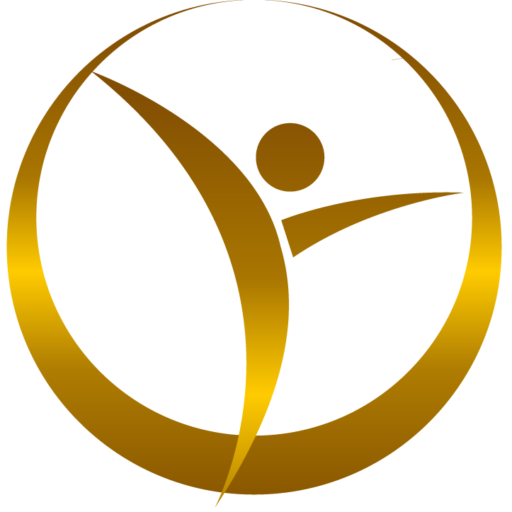Nicotinamide Adenine Dinucleotide is an alternate form of vitamin B3, Niacin. It is an active component present in all cells of the body. Niacin and niacinamide, two popular forms of vitamin B3, are standard options in products and supplements. Nicotinamide Mononucleotide (NMN) and Nicotinamide Riboside (NR) are good options to combat aging.
NAD+ plays a role in every aspect of cellular activity, whether it is repairing, processing, or transferring. Such a vital component, yet its levels deplete with age. Considering this, scientists have begun to search for ways to replenish NAD+ within.
What Does NAD+ Do?
Due to the significant jobs that NAD+ carries out, it holds the title of Universal Electron Donor. NAD+ is as effective as water.
NAD as a molecule can exist as a positive or negative element according to the number of protons and electrons it accepts. It may either form NAD+, a positive molecule, or NADH, a neutrally charged molecule. Both carry out significant functions the body requires. They are a Redox Couple, referring to their ability to change into either form.
The molecules undertake two main jobs helping the cells produce energy and activating specific molecules. Coenzyme Q10 is a principal antioxidant but needs to be in its active form, Ubiquinol, to perform. NAD+ triggers its conversion and also assists in deactivating it when it is not required.
While NADH and NAD+ are alternate forms of each other, they perform different functions. Both are a necessity when it comes to cell health, repair and function.
NAD+ And NADH
There is a constant conversion between NADH and NAD+ throughout the various biochemical reactions in our body, like the Krebs cycle and glycolysis. It creates the basic unit of cellular energy called ATP. This constant alternation in its form helps in cellular respiration.
Sirtuins, a significant protein facilitated by NAD+, will not perform well without it. Sirtuins have a multifactorial role in regulating metabolism, glucose, energy, immunity, and more.
NAD+ delays the internal clock within our cells and slows the aging process. A chromosome's last segment is called a Telomere, and its length determines our aging process. The longer the telomere, the longer our life, and NAD+ exhibits a beneficial effect on preventing it from shortening.
Deficiency Of NAD+
As we age, we tend to become weak. It is due to the inefficient functioning of cells powered by NAD+. As levels of NAD+ decline, the power in our cells consequently declines too. A deficiency in NAD+ may cause
How To Prevent Aging With NAD+
The driving force behind the depletion of NAD+ with age is due to a phenomenon we call Inflammaging. It is nothing but low inflammation that persists for extended periods. It enhances the activity of CD38, a molecule that destroys NAD+, contributing to the gradual decline. While this may be a concern, plant enzymes like quercetin and resveratrol can combat this, protecting our reserves of NAD+.
NQO1, called the longevity gene, creates NAD+ from NADH. This process regulates the ratio between the two twin molecules. NQ10 is also responsible for activating CoQ10, an important antioxidant. Inadequate levels of NQ10 can alter our detoxification, energy, and how our cells function. Vitamin K is another compound it activates, facilitating it in forming blood clots when necessary and assisting it in various activities.
Enhancing the activity of NQ10 can directly affect levels of NAD+, which can be achieved through resveratrol. Evidence supports the usage of resveratrol along with NMN and NR for obtaining NAD+.
Resveratrol, found in grapes and wine, has a dual effect of not only enhancing NAD+ but boosting sirtuins, which are related to reversing the signs of aging. Studies have documented its positive impact on the toxic phenomenon of inflammaging too.
We can consume 500-1000 mg of resveratrol daily.
How To Increase NAD+ Levels?
While NAD+ delays aging, obtaining it in its raw form has been challenging. Scientists use NMN and NR instead. Both components can raise NAD+ effectively. Supplementation of NMN and NR showed positive results regarding cellular aging.
NMN Or NR?
While experts give mixed opinions concerning which of the two is superior, both are excellent choices to reach the goal of increasing amounts of NAD+ within.
In some studies, NMN was better, with experts suggesting that it requires fewer steps to turn into NAD+ than NR. In some cases, NR may transform into niacinamide instead of NAD+, making NMN a slightly better choice.
Brain aging was delayed amongst mice when either of the two components was used, with NR being the winner due to its additional effects on enhancing cognition.
Recommended Dosages
The recommended doses of NMN are 500 to 1000 mg per day. For NR, it is up to 1000 mg. The above quantities have no side effects.
Conclusion
By utilizing NAD+, one can combat aging on a cellular level. Experts recommend taking NMN or NR to supplement with NAD+. They both not only help with cellular aging but have proven to be beneficial to brain health. Both are safe to consume and have no adverse effects as such.





